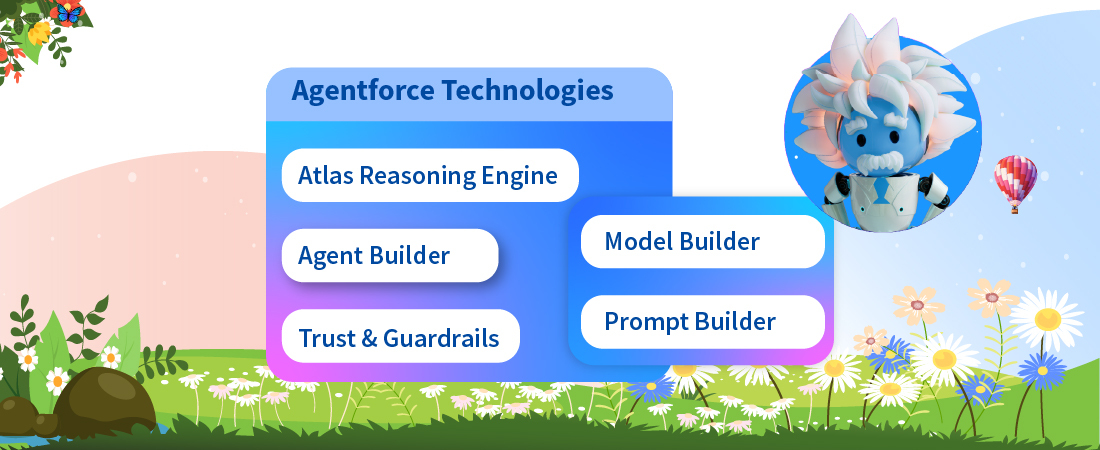With increasing social media and technology integration, there is an opportunity for businesses to tap into customer data. Consumers no longer want to be bombarded with irrelevant marketing message they expect a personalized and unified experience from the businesses they engage with. They are increasingly seeking a uniform level of engagement from businesses, regardless of their size. In order to meet these expectations, businesses need to enable all their customer-facing teams to capture data and build insights. The importance of creating a comprehensive and accurate understanding of the customer is thereby increasing each day. Although building a complete customer view has valuable payoffs, it can become a major challenge for businesses today.
Why is there a need for a single customer view?
- Effective marketing and sales campaigns: A customer analytics solution help deliver sales and marketing campaigns effectively by allowing analysis of previous customer purchases, behaviors etc. This, in turn, enables better customer targeting by creating a single view of customers.
- Empowers sales teams: Sales teams can get a detailed insight into product preferences and understand customers have expressed an interest in, what products have already been purchased, documents that already have been signed, and even feedback and reviews of the product.
- Streamlines business processes: The presence of numerous departments in companies interacting with customers – sales, marketing, customer service, IT – means that customer data gets scattered throughout different systems. Some of these departments may be using ERP to manage financial data while others may be using CRM systems for organizing data. Yet others may be using billing, application tracking or social media monitoring etc.
What are the challenges faced by businesses in the implementation of unified customer view?
- Countless systems and applications managing various types of information make it difficult for all customer data to be in a single location.
- With businesses using a blend of cloud and on-premise solutions integrating data between systems becomes a hassle.
- Increasing channels of engagement between brands and consumers further complicate matters.
- Without a single customer view, businesses are required to run multiple applications to obtain all information which can lead to a slowdown.
How can Salesforce help?
- Integrates customer data on a single platform: With several systems running and numerous channels of engagement with the customer, data gets scattered. Most companies today are collecting customer data. But, businesses progress and get ahead only if they are able to draw actionable insights from this data. For this, it is important to integrate customer data. For example, Salesforce architects helped an insurance company that wanted to recommend complimentary services to its customers by deriving insights from the policy, claims and billing systems. The data integration happened on the Salesforce platform enabling the company to increase its response times by almost 25%. This improved the productivity of the agents and resulted in better customer satisfaction.
- Optimizes and integrates architecture: One of the biggest obstacles to productivity is technical debt. Technical debt in this context occurs when organizations use data-heavy solutions that may be fast to deploy but lead to high cost. This problem often occurs in financial services firms and can be easily taken care of by Salesforce. This guides businesses by conducting ongoing risk assessments and opportunities. It also helped align business and IT teams, resulting in an optimized and integrated architecture for the organization.
- Rationalizes customizations: Additional customizations by the companies can often lead to increasing debt thereby underscoring productivity. Salesforce can help manage this by providing alternative approaches to customization and rationalization. This eventually leads to faster customer service.
Summing Up
The inability to produce a 360-degree customer view can cost businesses heavily. It can mean the sales teams missing on opportunities, a longer sales cycle, and diminished ROI. With increasing systems and applications in place, companies are finding it harder to build a unified customer view. Salesforce can resolve this problem easily by integrating customer data and optimizing the architecture that businesses work with.






